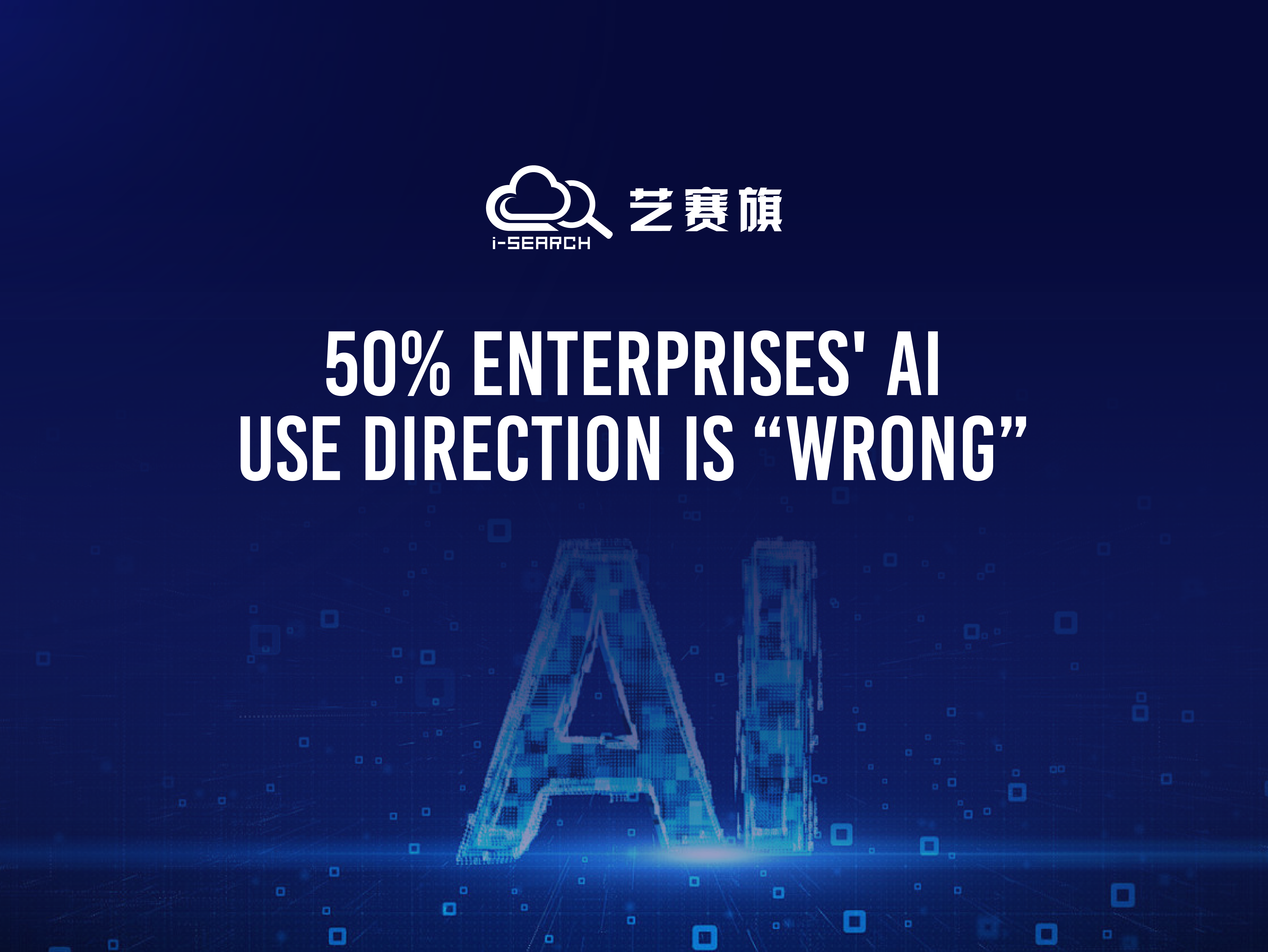Recently, a study of Stanford University has attracted a lot of attention. This paper, entitled "future of work with AI agents", was jointly completed by experts from Stanford Artificial Intelligence Laboratory (salt Lab) and the digital economy research center of Massachusetts Institute of Technology (MIT), and made a very systematic analysis of how AI is changing our work.
In short, they did a very valuable thing. They not only studied what AI can do, but more importantly, studied:
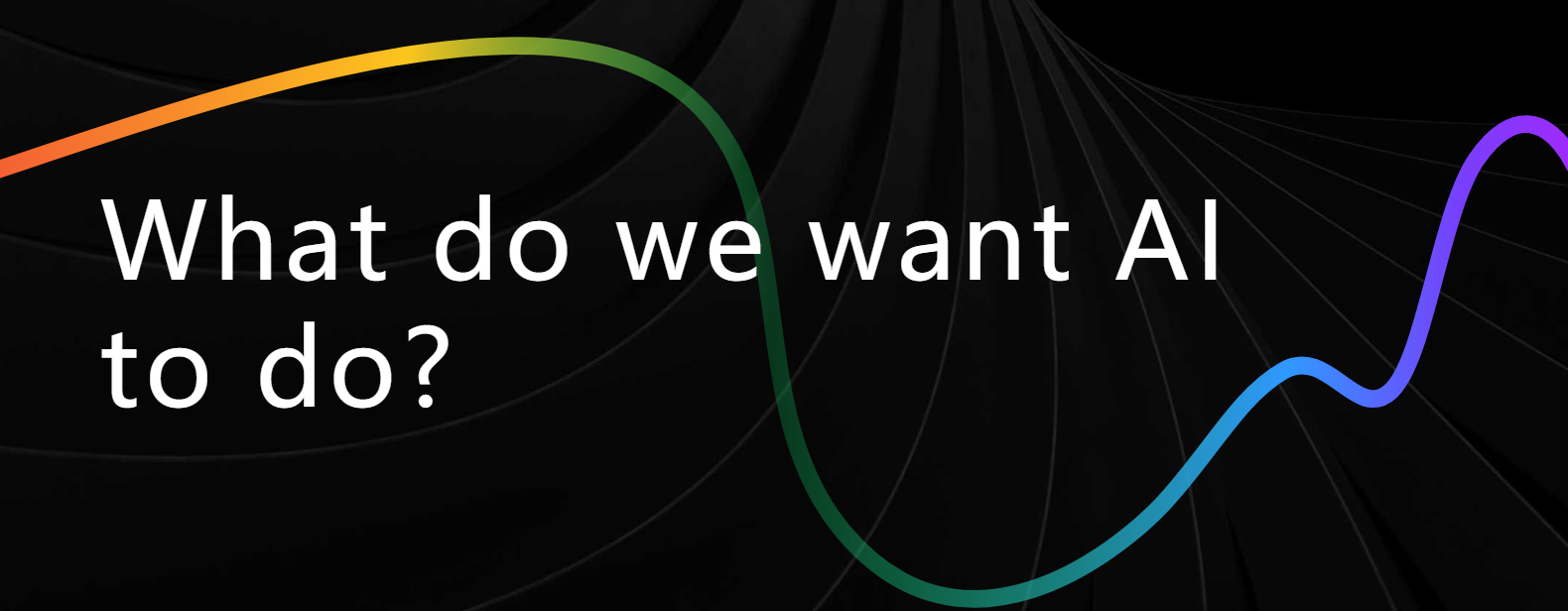
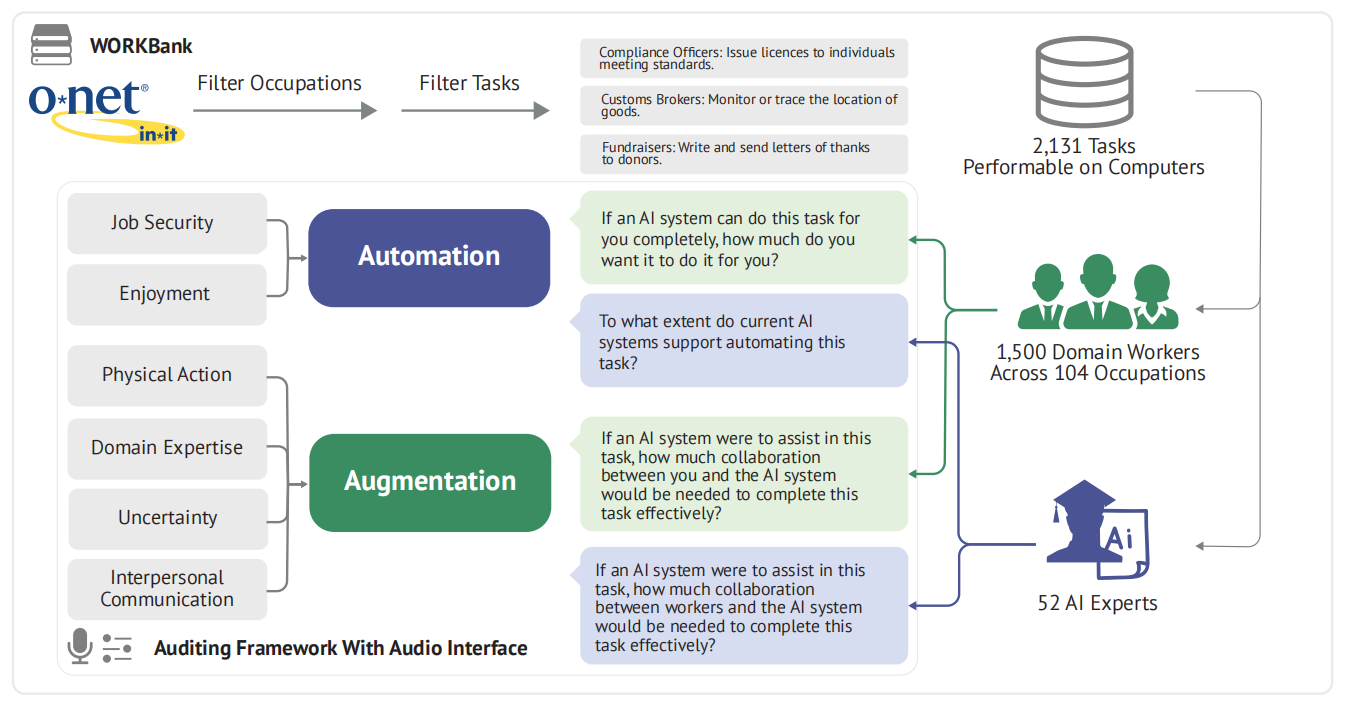
The paper investigated the real ideas of 1500 employees, and also invited 52 AI technology experts to do ability assessment, and sorted out a complete and quantifiable picture: which jobs are suitable for AI automation? What work should people continue to do? Who can work with AI?
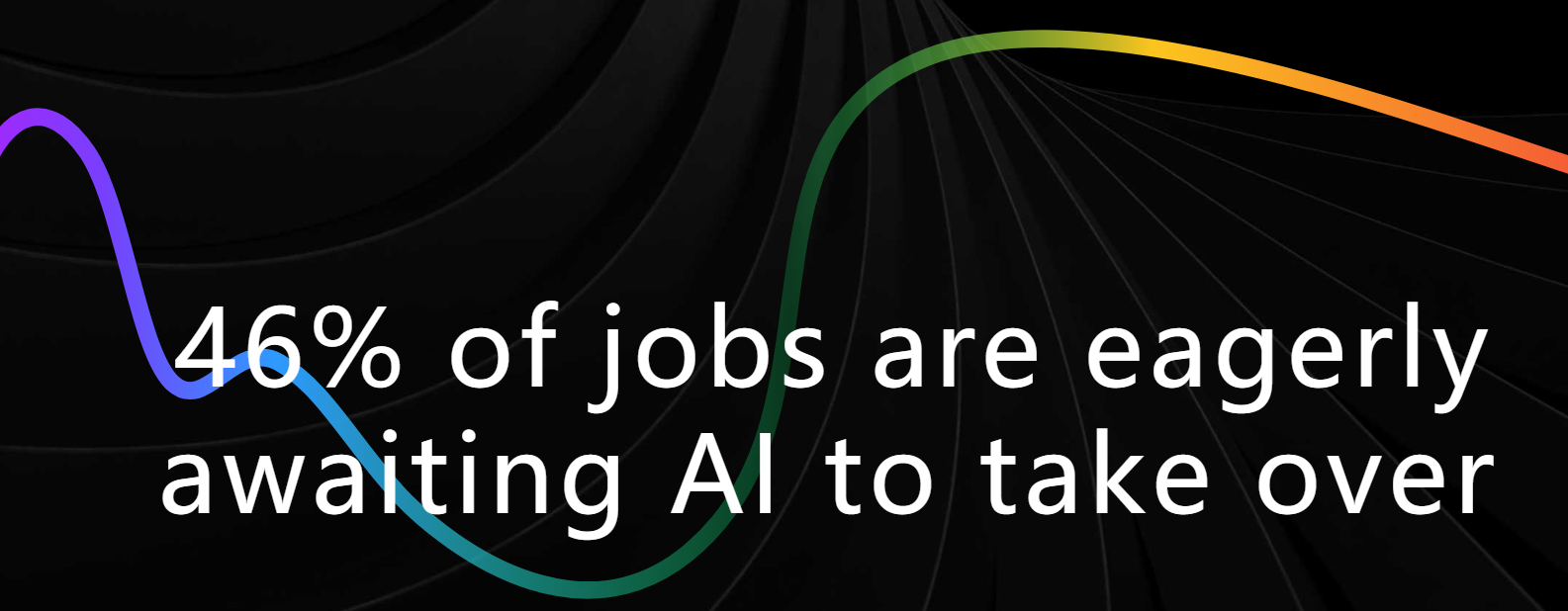
The data shows that 46% of the tasks are welcomed by AI. For example, doing chores, making forms, scheduling time, and handling duplicate files... Workers have said, "Ai, come on, I don't want to do it anymore! ”
Common reasons are:
——Too boring, too repetitive
——Affect mood and occupy time
——Want to focus on something more valuable
But there are also some things that migrant workers do not want AI to intervene! For example:
——Write articles, do design, cut videos, do PPT
——Communicate with customers, discuss cooperation and make decisions
In particular, friends in art, media and content creation are most disgusted with AI's "seizing life". They say, "I don't want AI to express people's ideas instead of us.".
In order to better understand the cooperation mode between human and AI, the concept of human agency scale (has) is proposed, and the cooperation between human and AI is divided into five levels.
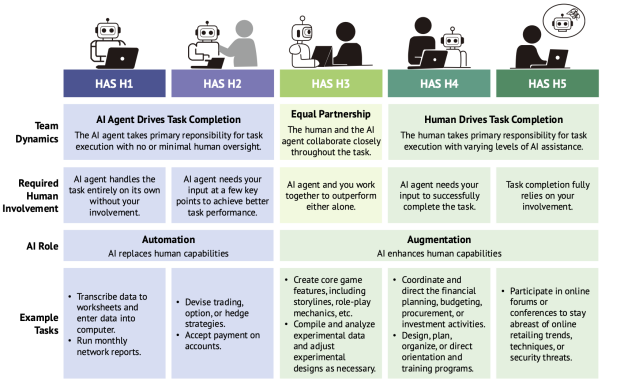
H1:ai has full power to process (such as sorting Excel data)
H2:ai dominated, human assisted (for example, AI writes a copy, and people change the tone)
H3: equal cooperation (such as writing reports and making decisions together)
H4: human led, AI assisted (such as checking data and making suggestions)
H5: human control in the whole process (such as teaching, negotiation and creation)
It should be emphasized that a higher has level does not mean "better", but reflects the degree of human-computer cooperation required by different tasks. H1-h2 is more suitable for automation strategy; H3-H5 is more suitable for man-machine cooperation.
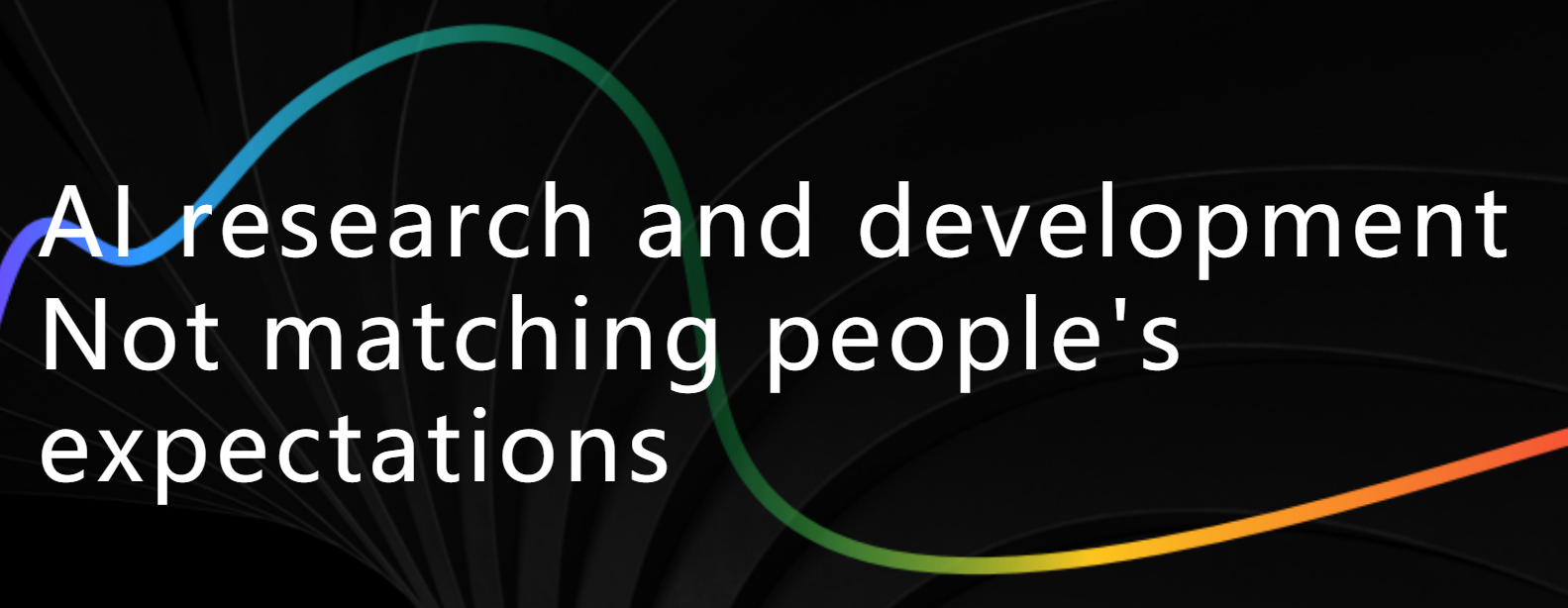
It is noteworthy that the current ai r&D does not match people's expectations.
This study drew a particularly important picture called
"Four quadrants of AI automation desire vs technical capability"
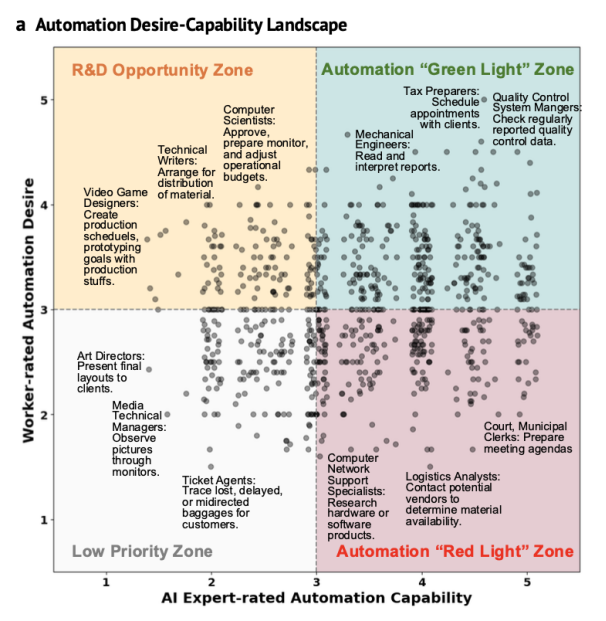
Most AI investment and entrepreneurship projects are clustered in areas with "low aspirations", and the "Ai tools we really want" are ignored.
Understanding the "ideal level of human participation" of each task can not only help employees improve their skills, but also help developers design AI agent systems that really fit the scene.
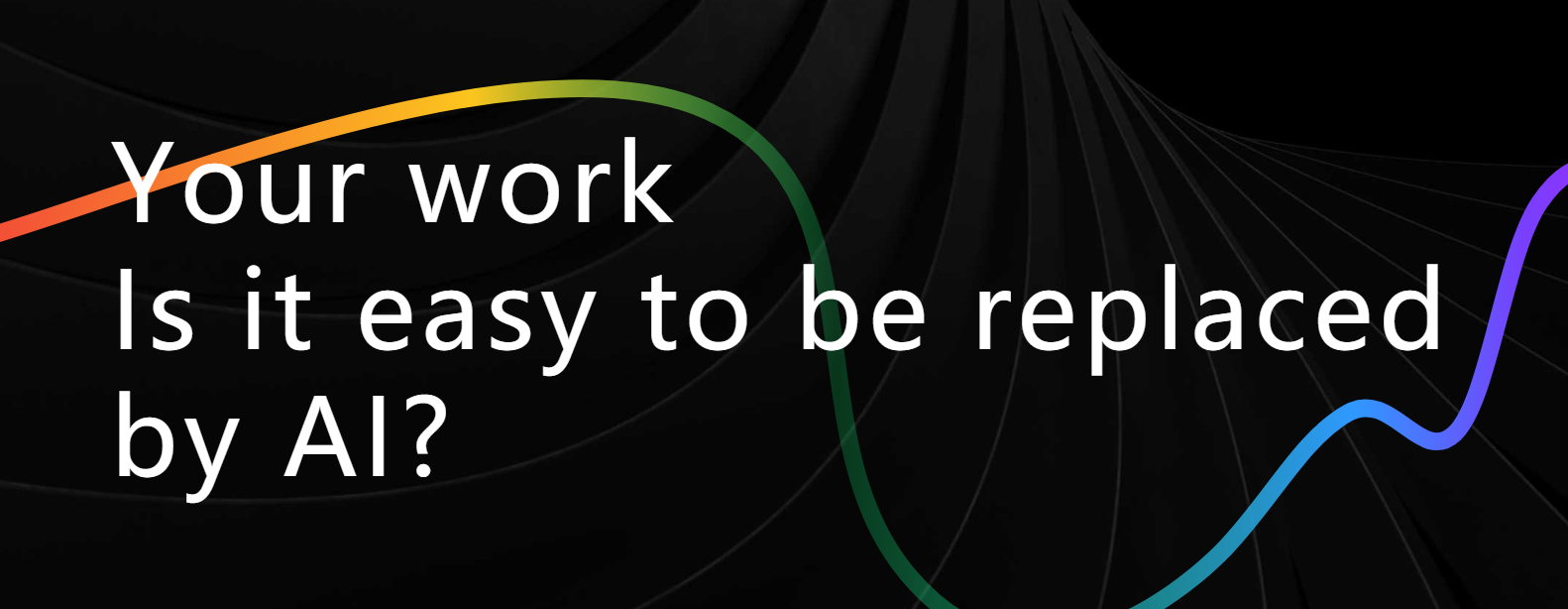
The research team calculated the average wage of each skill using the data of the U.S. Bureau of labor statistics as a reference indicator of the current economic value of the skill, and compared it with the ranking of human participation required for the skill.
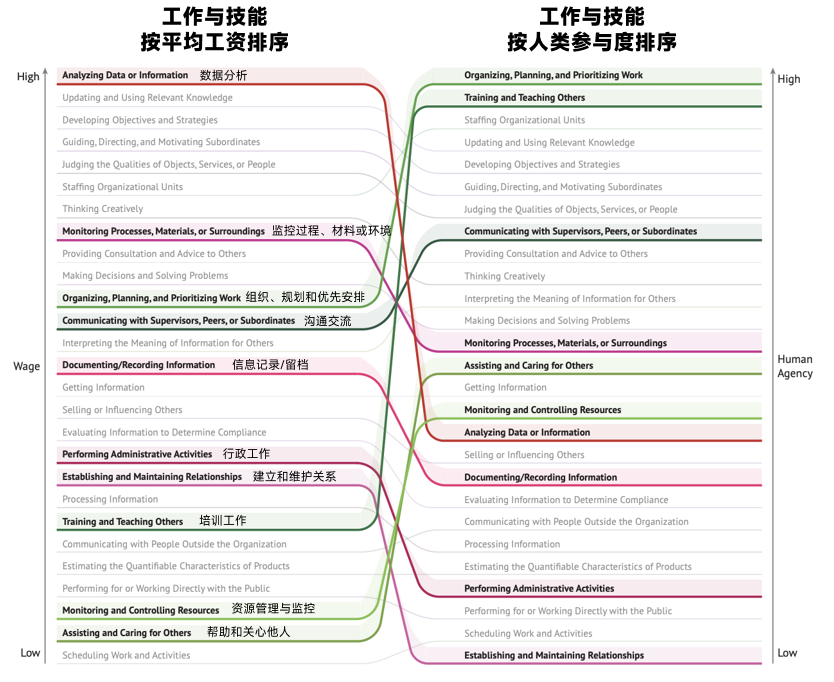
*Green: the value of this skill in human participation is rising
*Red: it means that these skills are easier to be replaced by AI
By comparing the average wage ranking of skills with the required human participation ranking, the analysis found three trends:
1.
The demand for information processing skills is declining
Although skills such as "analyzing data" and "updating knowledge" are common in current high paid occupations (the red part on the left side of the figure), they are not so prominent in tasks that require high human participation.
2.
Interpersonal communication and organizational coordination skills are becoming more and more important
Skills related to human-to-human interaction, coordination, resource management and other aspects may not be dominant in salary evaluation now (the green part on the left side of the figure), but they occur frequently in high has (human participation) tasks.
3.
High involvement skills cover a wide range of areas
Among all skills, the top ten with the highest average human participation include not only interpersonal and organizational skills, but also core work such as decision-making judgment and quality assessment.
These findings provide us with an important signal: the integration of AI agents will reshape the structure of core vocational skills. With the continuous evolution of AI agents, if we can continuously track the changes at the task level, we will have a deeper insight into the future trend of human roles and key skills.
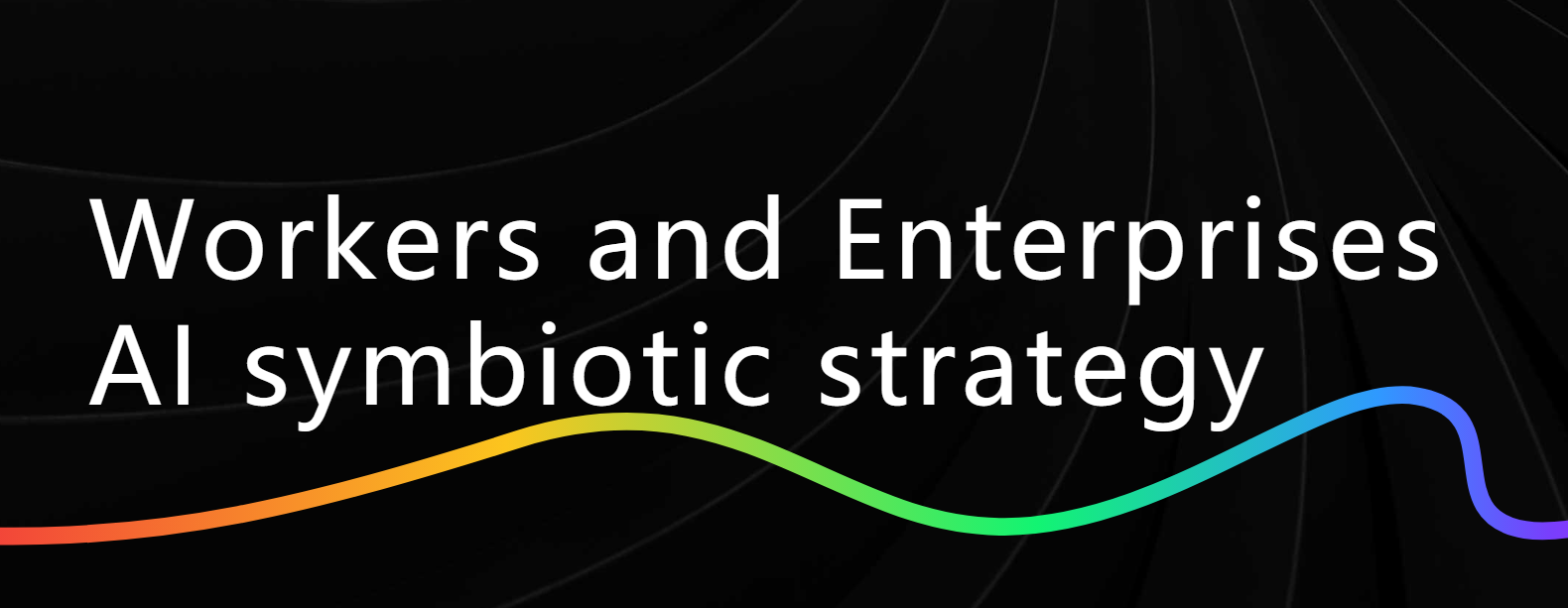
In fact, AI has quietly begun to "go to work". Like RPA (robot process automation), which we are familiar with, we have been helping to run processes, fill in forms and handle repetitive tasks in the background. Now, with the addition of AI agents, RPA is also upgrading to a partner who is "smarter and thinking" - able to understand business logic, make decisions independently, and even complete complex tasks across systems.
In the AI era, the coping strategies of migrant workers may be from the following perspectives,
Strengthen high-level abilities: focus on high-level abilities such as creative planning, interpersonal communication and critical thinking that are difficult to replicate by AI, and enhance the irreplaceable nature of individuals in the workplace.
Learn to cooperate with AI: master the skills of working with AI, such as how to clearly describe the task to AI system, how to monitor the progress and quality of AI work, etc. This will enable workers to make better use of AI to improve work efficiency.
Keep learning and adaptability: with the continuous development of AI technology, new working modes and tasks will continue to emerge. Workers need to keep learning and adaptability to cope with the continuous changes in the workplace.
As an enterprise, it should focus on process optimization and cultural remodeling,
Process optimization: use RPA (robot process automation) and other technologies to systematize tasks with high repeatability and low value, and release the potential of employees.
Cultural remodeling: establish a perfect staff training system, support staff skills upgrading and career development, enhance staff's awareness and acceptance of AI, create a positive man-machine cooperation atmosphere, and ensure the improvement of the overall competitiveness of the team.
It is conceivable that in the near future, your "colleagues" will have such an AI assistant: it does not work overtime and does not complain. It helps you deal with complicated affairs. You only need to focus on the part that human beings are best at - judgment, creativity, communication and value creation.
And you, are you ready to work with it?










 Enterprise Platform
Enterprise Platform
 Discovery and Evaluation
Discovery and Evaluation
 Automation
Automation
 Industry Solutions
Industry Solutions
 General Solutions
General Solutions
 Partnership
Partnership
 Ecosystem Alliance
Ecosystem Alliance
 Consulting Services
Consulting Services
 Community
Community
 Company Introduction
Company Introduction
 News and Updates
News and Updates
 Contact Us
Contact Us
